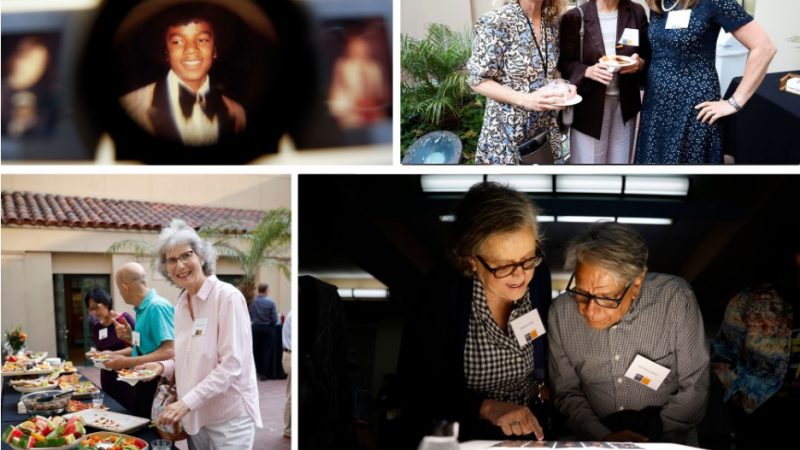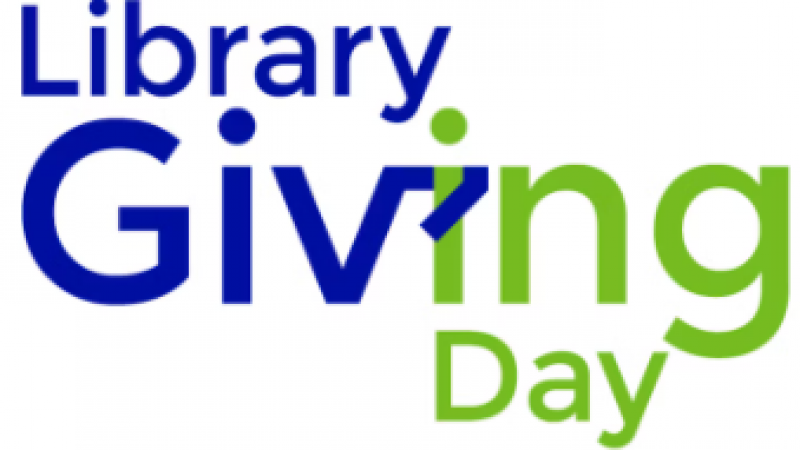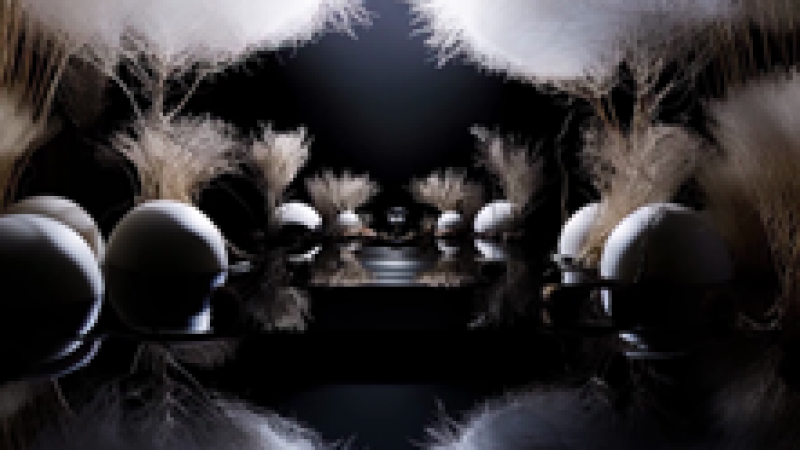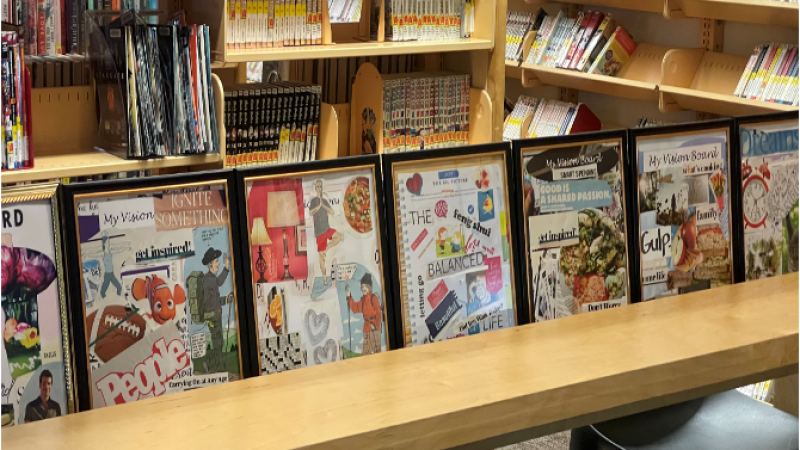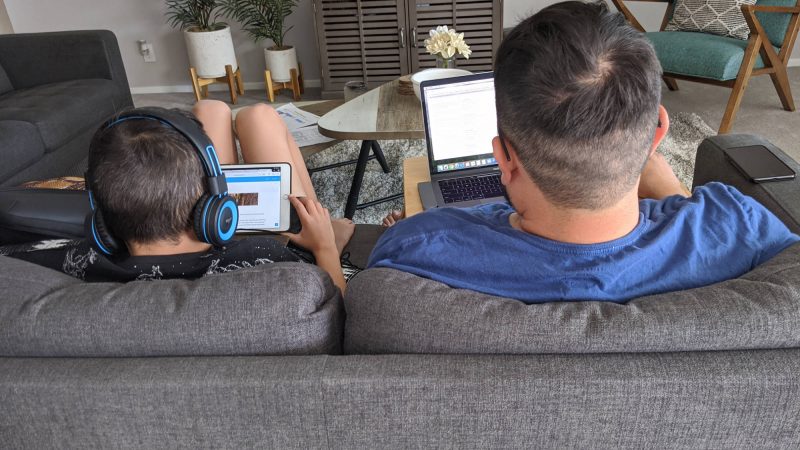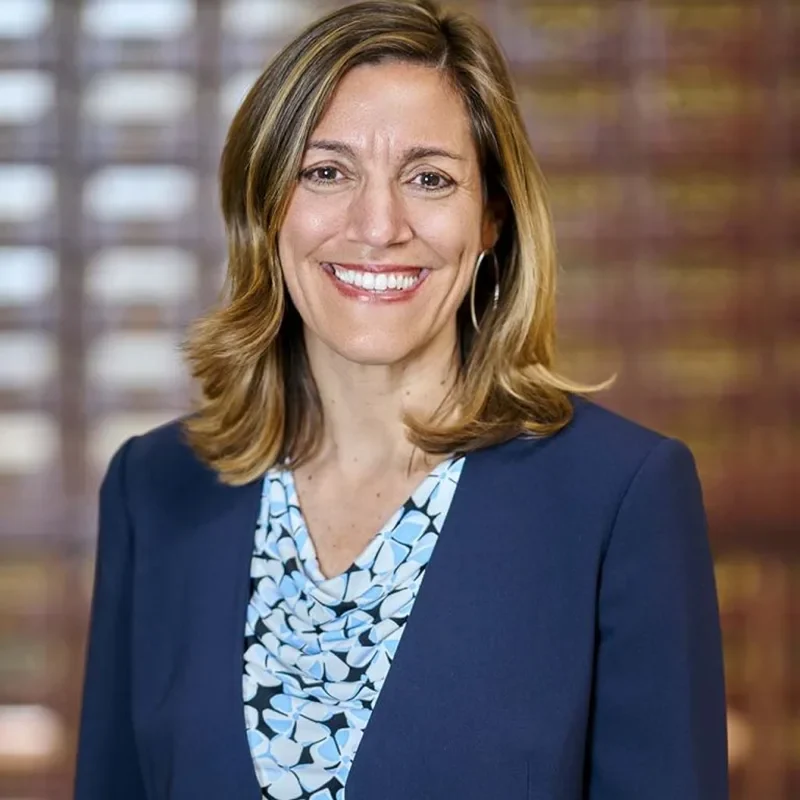From 1953 to 1967, ONE Magazine, America’s first openly gay and lesbian periodical, reached thousands of readers each month—many who were isolated and in search of community. Those readers wrote back to ONE seeking counsel and advice, or friendship and understanding. Subjects ranged from family life to coming out stories to tales of harassment. In 2000, historian Craig Loftin was working on his dissertation at USC when he came across a collection of these letters, stored at ONE National Gay & Lesbian Archives – the oldest LGBTQ organization in the Unites States, and the publisher of ONE Magazine. Many of the collections were unprocessed and uncatalogued. I became a volunteer and helped sift through boxes of mysterious documents,” Loftin explains. “Finding the letters was completely unexpected; I wasn’t looking for them. In fact, no one at the Archive knew they were there.”

The data he compiled on issues facing gay people in the 1950s and 1960s became the basis for his dissertation and his book Masked Voices, published by SUNY Press. The press suggested he also compile the ONE letters in a separate volume, which became Letters to ONE: Gay and Lesbian Voices from the 1950s and 1960s, published in 2012. ONE Archives then reached out to director Zsa Zsa Gershick about adapting the material for a dramatization to celebrate ONE’s 60th anniversary that same year. Gershick, who had created other oral histories like, “Gay Old Girls” and “Secret Service,” about lesbians in the military, was familiar with transforming long letters into tight, poignant soliloquies. For the adaptation, Gershick faced similar challenges, “The task was to find each letter’s central theme, its heart, and seamlessly pare from that heart or essence everything that obscured it. I consider this a sacred endeavor, requiring a great deal of respect, focus and prayer to get it right,” she says.
On Saturday, June 28th Gershick will direct a dramatic reading of these letters for the ALOUD stage, in a production she titled “Dear ONE: Love and Longing in Mid-Century Queer America.” As Gershick worked her way through Loftin’s collection, she fell in love with each letter. “Each one gives us a window into an era of terrible prejudice. Many people today don’t know that American queerfolk of that era, if discovered, could be jailed, disemployed, imprisoned in mental hospitals, or lobotomized. The letters reflect this reality. Some letter writers boldly signed their names; others remained anonymous. But each correspondent, in the simple act of writing, asserts his/her right to be,” she says.
Despite all of the hardships facing gay people at the time, Loftin says he was surprised by the resilience and optimism of the letter writers, “So many letters had an upbeat tone even when they described tragic events. Some of them were hysterically funny. Instead of thinking about gay people in the 1950s as victims, I began seeing them as dynamic and creative historical agents carving out a niche for themselves in a hostile society. In these letters, one finds early stirrings of a gay rights consciousness at a mass level.”
From gay marriage to employment discrimination, the letters shed light on many issues still being confronted today. “No two letters are quite the same. Reading the letters, we try to imagine who these people were, what they looked like, where they lived, the details of their lives. We try to imagine how their voice might have sounded. We bring our own experiences to these letters and make sense of them in our own ways,” says Loftin. Gershick hopes her adaptation will capture these deeply moving voices, “Upon hearing these letters performed aloud, I hope that the audience laughs, cries, learns a little history and embraces our humanity.”
Learn more about the upcoming ALOUD program here.
Main image: ONE Magazine covers from the 1950’s and 1960’s, courtesy of ONE National Gay & Lesbian Archives at the USC Libraries.
